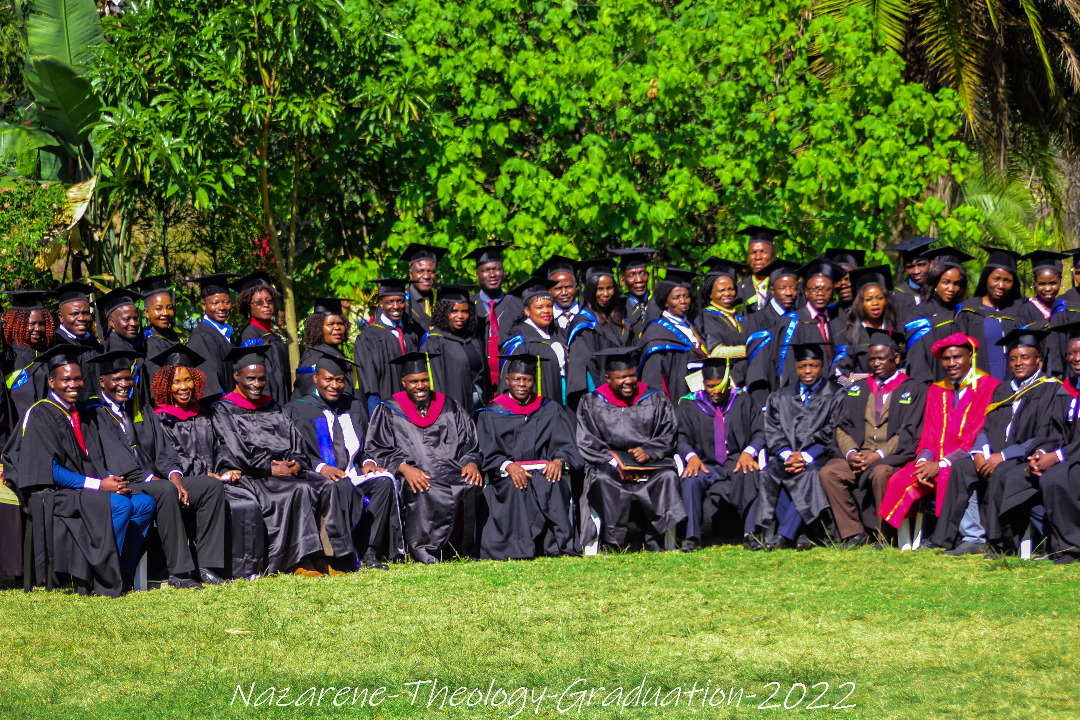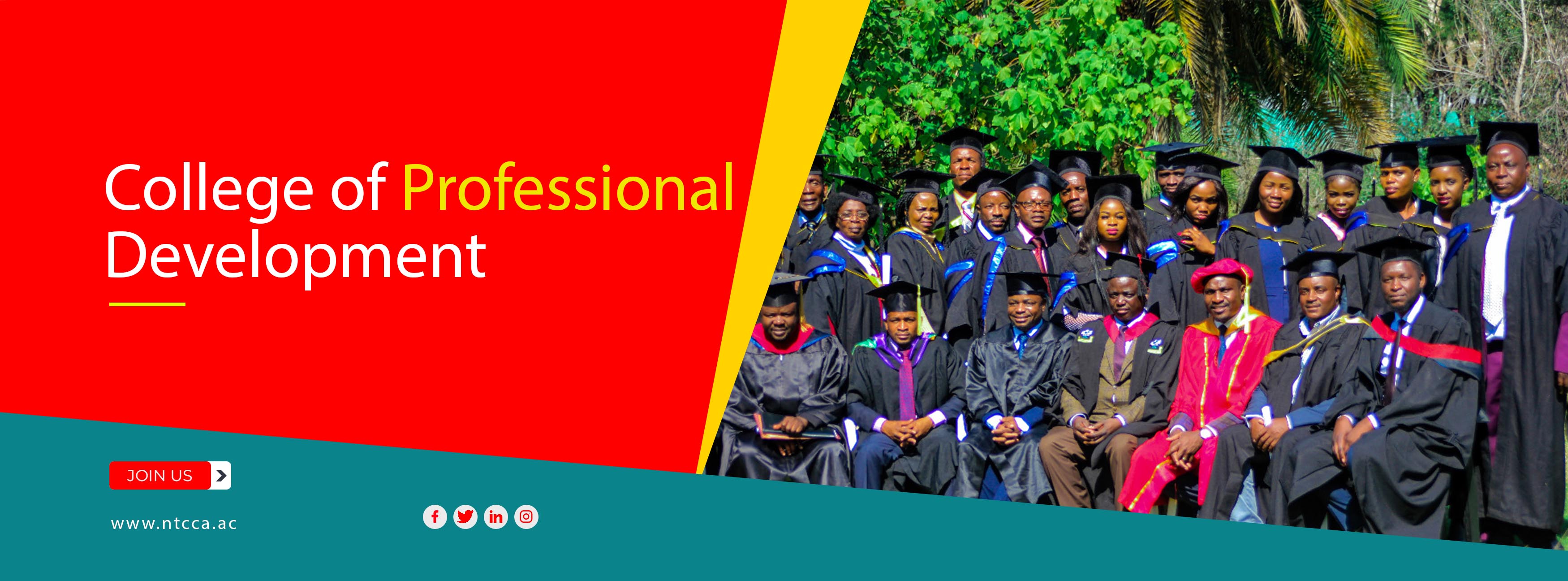According to one denominational historian, W.T. Purkiser, the process of "internationalizing" the church began at the General Assembly in Portland, Oregon, in 1964 with an eight-year study of the church's total missionary program."[66] Soon after that General Assembly, E.S. Phillips was elected Executive Secretary for World Missions, who encouraged the self-study. In this period, a think tank comprising R. Franklin Cook, a former missionary to India and member of the World Mission department since 1961; missiologist Paul Orjala, pioneer missionary to Haiti; and Honorato Reza, long-time representative for the Hispanic church, was formed to advise Phillips.[67] They were responsible for developing the denomination's first "National Church Policy" that was adopted in 1966, and indicated explicitly for the first time the steps towards achieving "regular" district status.[68] At the General Assembly of 1972, held at Miami Beach, Florida, Phillips, influenced by the recommendations of the preceding self-study, recommended in his report that "The administrative bodies of the church must be internationalized. ... That portion of the church that lives overseas ... must be given full voice in the councils of the church."[69] Phillips advocated contextualization of the gospel and internationalization of denominational programs and structures.[70] It was only in 1972 that the general secretary began to include overseas membership in reporting totals, as prior to this time it had been difficult to collect the needed data.[71] In 1973 Phillips died, and was succeeded by former missionary to Germany Jerald Johnson (born 1916). In 1974 the Guatemala Northeast district achieved regular status, the first since Japan achieved this milestone in 1936[72] Also in 1974 the Nazarene Young Peoples Society (now Nazarene Youth International) in its desire to be more inclusive, held its fifth International Institute (now Nazarene World Youth Conference) on the campus of European Nazarene Bible College in Büsingen, Germany, the first one held outside the United States. At the 1976 General Assembly held in Dallas, Texas, a Commission on Internationalization was created to recommend "means by which the next stage of internationalization might be implemented."[70] In 1976, concrete steps were taken to make possible an international church with the creation of three intercontinental zones outside the US and Canada: Intercontinental Zone I (Europe, the Middle East and Africa); Intercontinental Zone II (the Orient and South Pacific); and Intercontinental Zone III (Central and South America).[73] In 1977 the General Board had eight members (18%) from outside the US among its 44 members.[74] In 1978 the first international district superintendents' conference was held in Kansas City, Missouri, with 52 leaders from 35 nations attending.[70] At the 1980 General Assembly held in Kansas City, the denomination formally committed itself to the process of internationalization, a deliberate policy of being one church of congregations and districts worldwide, rather than splitting into national churches like earlier Protestant denominations. The principle was set forth of "one church, one doctrine, one polity, and one policy."[12] At that time, the entire denomination was divided into fifteen geographical regions, with eight in the US based around its regional college; one in Canada; and the three Intercontinental Zones subdivided into six regions: Africa; Asia; Europe and Middle East; Mexico, Central America, and Caribbean; South America; and the South Pacific.[75] The General Board now included members from outside the US, Canada and the other parts of the British Commonwealth. In 1980 the General Board had fourteen (27%) out of its 51 members residing outside the United States and Canada
Developments (1964–1980)












